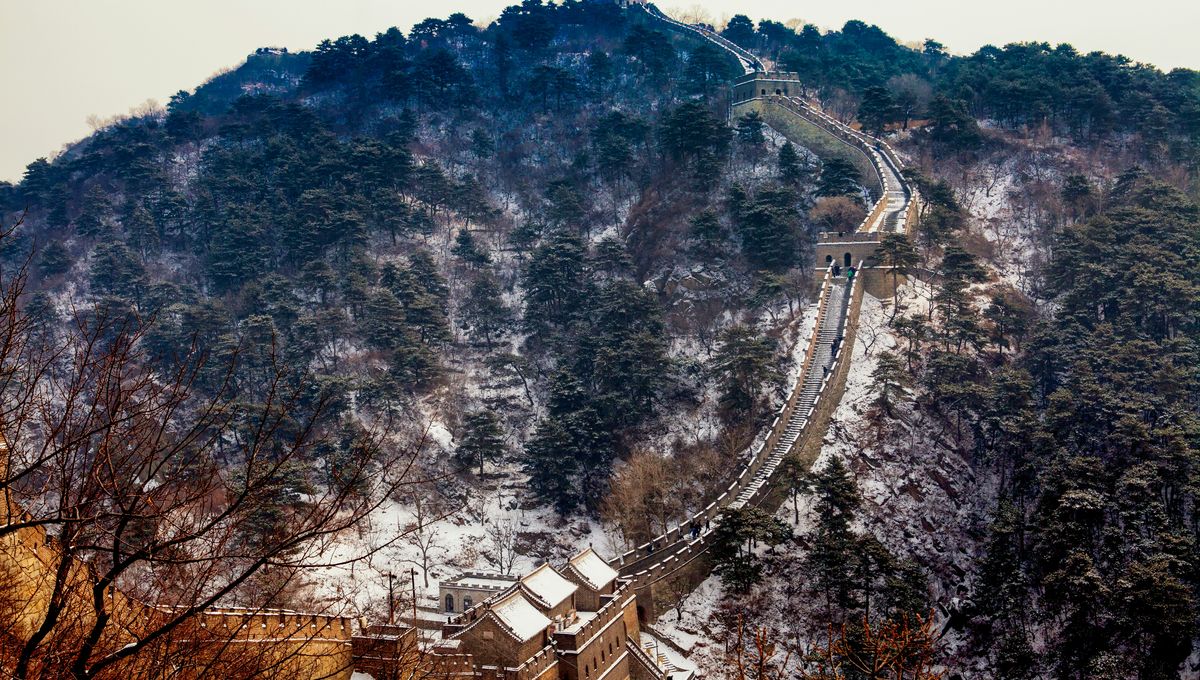
The Great Wall of China may be even older than we once thought. Newly discovered ruins in Shandong province – home to some of its oldest sections – suggest that parts of the grand structure were built 300 years earlier than previously believed.
ADVERTISEMENT
The breakthrough emerged from recent excavations near Guangli Village, not far from the city of Jinan, by the Shandong Provincial Institute of Cultural Relics and Archaeology. They used an array of scientific techniques, including optically stimulated luminescence (OSL) and carbon-14 dating, that indicate the newly discovered section dates back to the late Western Zhou Dynasty (1046 BCE – 771 BCE) and the early Spring and Autumn Period (770 BCE – 476 BCE), according to Chinese newspaper the Global Times.
It was previously held that construction began within the 3rd century BCE, so the latest discovery could push back the wall’s birth by at least 300 years.
“This archaeological discovery pushes the construction date of the Great Wall back to the Western Zhou period, establishing it as the earliest known Great Wall in China,” Liu Zheng, a member of the Chinese Society of Cultural Relics, told the Global Times.
“It marks a significant breakthrough in Great Wall archaeology and is a milestone in clarifying the origins and development of China’s Great Wall research,” Liu added.
The Great Wall of China is a series of ancient walls and fortifications that span more than 20,000 kilometers (12,427 miles) across China. It was continuously built over the course of 2,000 years as part of a military project to defend Imperial China from invasions of northern nomadic tribes – contrary to popular belief, it was not constructed to protect against the invasion of Genghis Khan.
When you think of the Great Wall of China, you’re likely picturing its most recent major addition: the towering brick walls and scenic fortifications built by the Ming Dynasty (1368–1644 CE). In actuality, this is just one part of the wall, which was constructed in a variety of different styles that reflect the culture and technology of their time.
ADVERTISEMENT
Some of the earliest sections of the Great Wall were simply crafted out of reeds and wood. Later bits were made of compressed earth and rocks, while the later additions were beautifully formed brick structures.
Remarkably, nature itself has played a role in preserving the Great Wall. Scientists have discovered that large parts of the Ming Wall are effectively held together by “biocrusts,” colonies of lichen, moss, and cyanobacteria that have formed over centuries.
Despite standing for over 2,500 years, at least in parts, the Great Wall is still revealing secrets.
Source Link: Great Wall Of China Could Be Significantly Older Than Previously Realized